Eggplant, also known as aubergine, is a plant from the Solanaceae family, grown for its delicious, edible fruits. In Central Asia, it is often called “the meat of the poor” due to its rich flavor and nutritional value. The fruits are packed with B vitamins, potassium, zinc, proteins, and essential amino acids. Eggplant juice also has bactericidal properties. In culinary use, eggplants are treated as vegetables, though botanically they are berries. Related to tomatoes and potatoes, eggplants should not be eaten raw, like potatoes, due to their solanine content. The fruits absorb oils and flavors during cooking, making them versatile in eggplant gardening and culinary applications.
Aubergine cultivation requires attention to detail but is achievable with the right approach. This guide covers the essentials of planting eggplant in open fields and greenhouses, offering practical eggplant growing tips.
- Biological Characteristics
- Aubergine Crop Rotation
- Soil Preparation and Eggplant Fertilization
- Eggplant Soil Requirements
- Organic Eggplant Growing
- Growing an Eggplant from Seed
- Planting Eggplant
- Eggplant Care
- Organic Aubergine Pest Control and Disease Prevention
- Common Diseases and Prevention
- How to Harvest Eggplant
Biological Characteristics
Eggplant is an annual herbaceous plant, though it grows as a perennial in tropical climates. Its stem reaches 25–130 cm, is branched, green or purple, sometimes with spines. The leaves are large, oval-egg-shaped, green or purple-green, with or without spines. The flowers are large and purple.
The fruit is a multi-seeded berry, weighing 50 g to 3 kg. Eggplant varieties vary in shape:
- Round (e.g., ‘Globe’)
- Oval (e.g., ‘Diamond’)
- Pear-shaped (e.g., ‘Black Beauty’)
- Cylindrical or elongated-cylindrical (e.g., ‘Bibo’)
- Snake-like (e.g., ‘Thai Long’)
- Tomato-like (e.g., ‘Rotonda’)
Fruit colors include:
- Dark purple (e.g., ‘Epic’)
- Light purple (e.g., ‘Lavender’)
- White (e.g., ‘White Egg’)
- Striped (purple-white, e.g., ‘Graffiti’)
- Green (e.g., ‘Emerald’)
- Yellow or orange (e.g., ‘Golden’)
Seeds are small, round, flat, beige, and remain viable for 3–4 years.
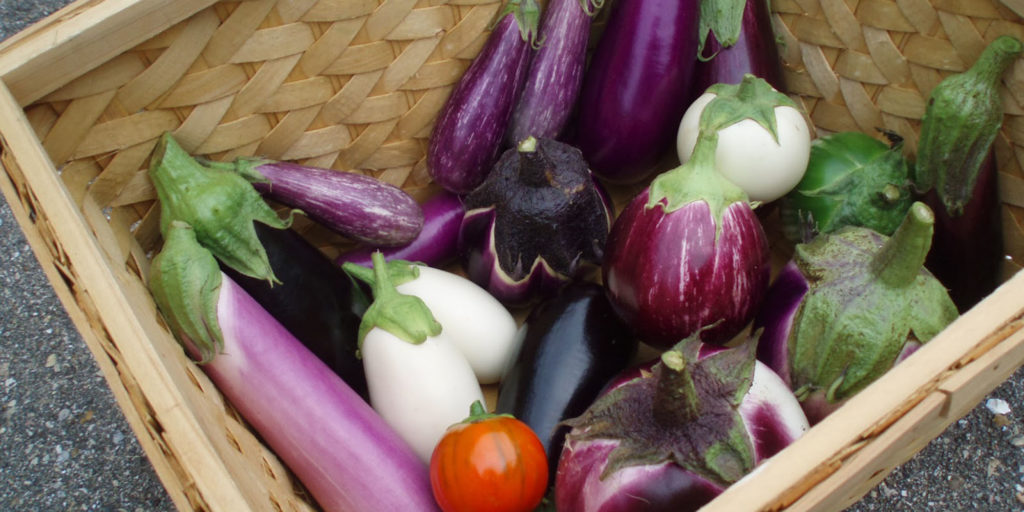
Eggplants are heat-loving. The optimal temperature for growing eggplant is +22 to +28°C, with a minimum of +10 to +16°C and a maximum of +35 to +40°C. The plant is sensitive to soil moisture: both drought and overwatering can cause flower or leaf drop. Compacted soil or shady locations also hinder growth.
Aubergine Crop Rotation
In aubergine crop rotation, eggplants should not return to the same plot for 4–5 years. Ideal predecessors include peas, cucumbers, onions, perennial grasses, winter wheat, carrots, cabbage, and corn. Avoid planting after other Solanaceae crops (tomatoes, peppers, potatoes, eggplants) due to shared diseases and pests.
Good eggplant companion plants include onions, melons, pumpkins, beans, peas, and tarragon. Peppers are suitable neighbors due to similar aubergine cultivation techniques, but avoid planting near garlic or fennel.
Soil Preparation and Eggplant Fertilization
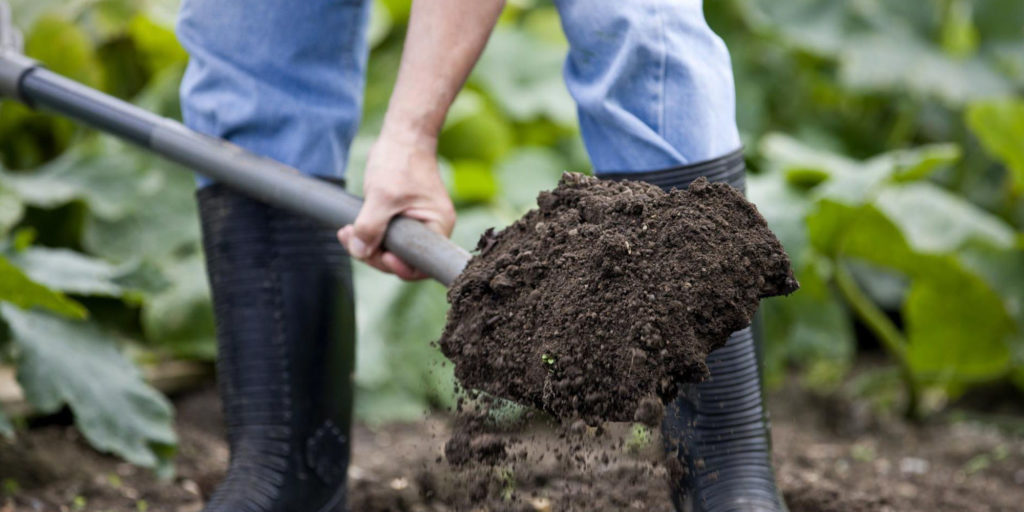
Soil preparation begins in autumn after harvesting the previous crop, removing plant residues and weeds. On small plots, this is done manually; on large fields, disc harrows are used for stubble peeling.
Eggplant Soil Requirements
To determine soil pH (optimal for eggplant soil requirements is 6.0–6.5), use:
- Laboratory analysis: The most accurate method, identifying pH and nutrient levels. Soil samples are sent to agricultural laboratories.
- Litmus paper: Mix soil with distilled water (1:2), dip litmus paper, and check the color (red for acidic, blue for alkaline, green for neutral).
- Portable pH meters: Compact devices for on-site pH measurement.
To reduce acidity, apply lime or dolomite flour; to increase acidity, use sulfur or organic acids (e.g., diluted vinegar). For 1 ton of yield, eggplants require 6.4 kg nitrogen, 1.5 kg phosphorus, and 8.4 kg potassium. Some nutrients remain from predecessors, with the rest supplied through fertilizers.
- Soil Texture: Avoid heavy clay soils; sandy loam or loam with good aeration supports strong root development.
- Moisture Retention: Maintain consistent soil moisture (70–80% field capacity) using drip irrigation to prevent waterlogging.
- Till to a depth of 20–25 cm to loosen soil; remove weeds and debris to reduce pest and disease risks.
- Crop Rotation: Avoid planting after other nightshades (e.g., tomatoes, peppers) for 3–4 years to minimize soil-borne diseases.
Organic Eggplant Growing
- Apply compost or vermicompost (20–40 t/ha, depending on soil fertility) during autumn digging.
- Use diluted poultry manure (1:20) or cow manure (1:10) for seedling and mature plant feeding—1–2 liters per plant every 2 weeks.
- Wood ash infusions (1 cup per 10 liters of water) provide potassium and micronutrients.
- Organic mulch (straw, sawdust, grass clippings) retains moisture, suppresses weeds, and supports soil fertility in eggplant mulching tips.
For conventional methods, use potassium nitrate, calcium nitrate, or ammonium nitrate for deacidification, and urea, ammonium sulfate, or ammonium chloride to lower pH. Organic fertilizers (semi-decomposed manure, 40–60 t/ha) are applied in autumn. After fertilization, till the soil: manually or with a cultivator for small plots, or perform deep plowing (27–30 cm) in open fields, followed by leveling.
Growing an Eggplant from Seed
Early eggplant varieties mature 90–100 days after sprouting, so the seedling method is used for early harvests. Sow seeds from late February to late March in pots or cassettes with 50–126 cells filled with light, moist peat mixed with perlite. Sow at a depth of 1–1.5 cm.
Seeds germinate in 6–9 days at +25 to +28°C. Lower temperatures delay or prevent eggplant seed germination. After sprouting, lower the temperature to +16 to +18°C during the day and +14 to +16°C at night. After a week, raise daytime temperatures to +22 to +26°C in sunny weather, +18 to +20°C in cloudy weather, and maintain +14 to +16°C at night.
Water seedlings with warm water (+20 to +25°C) in the morning, sparingly but thoroughly, moistening the entire substrate. Overwatering can cause diseases, so use fungicides like Previcur Energy or Magnicur Energy if needed. Maintain 65–70% relative humidity in greenhouses, avoiding drafts. Place seedling containers away from windows or greenhouse edges to prevent chilling.
Eggplant care includes watering, feeding, and temperature control. For root development, use solutions like Organic Balance, Radix TIM Forte Plus, or Radifarm Plus. Spray twice with 0.8–1.0% Bordeaux mixture or alternatives (Blue Bordeaux, Champion). Apply complex fertilizers at the first leaf stage, again 10–15 days later, and a third time 2–3 days before transplanting. For open-field planting, harden seedlings 10–15 days prior by lowering temperatures to +12 to +15°C and reducing humidity. Hardening is not needed for aubergine greenhouse growing.
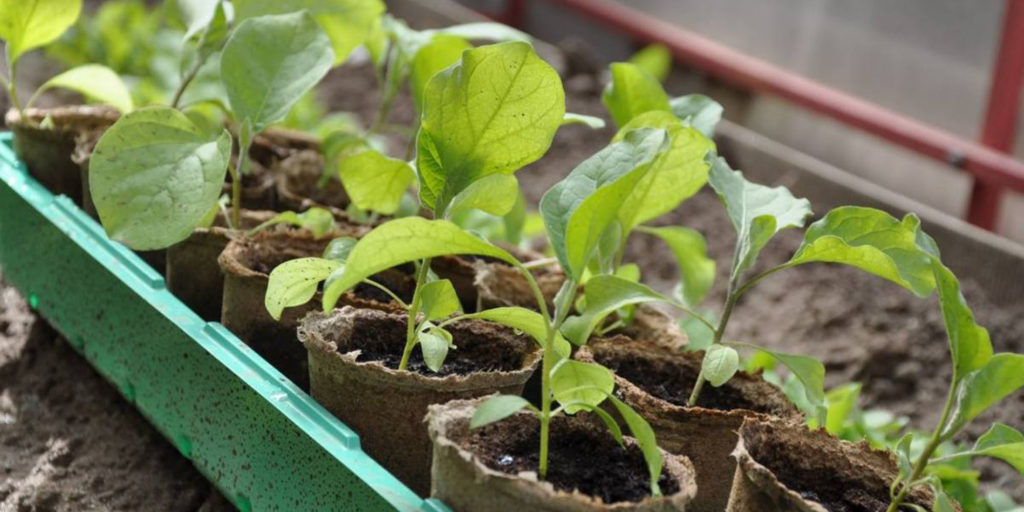
Planting Eggplant
Before planting eggplant, clear the plot of weeds or cultivate the soil. Lay drip irrigation tape and moisten the soil. For aubergine pest control in open fields, apply a pre-emergence herbicide like Stomp on moist soil a day before transplanting. In greenhouses, use black or black-and-white mulching film or agro fibre to prevent weed growth.
Transplant seedlings to open fields when they reach 18–20 cm, have 6–8 true leaves, and are 55–65 days old. In greenhouses, planting starts mid-April; in open fields, mid-May (in southern Ukraine) when soil at 10–12 cm depth reaches +16°C and frost risk passes. Plant in wide rows: 60–70 cm between rows, 25–30 cm between plants (48–60,000 plants/ha).
Eggplant Care

Water immediately after transplanting to aid establishment. Follow these eggplant watering needs:
- Seedlings: 1–2 times weekly, 0.2–0.5 liters per plant, moistening substrate to 5–7 cm depth.
- After transplanting (first 2 weeks): Every 3–4 days, 1–2 liters per plant.
- Vegetative growth (pre-flowering): Every 5–7 days, 2–3 liters/m².
- Flowering and fruiting: 1–2 times weekly, 3–5 liters/m², more frequently in hot weather, avoiding waterlogging.
- Greenhouses: Drip irrigation, 4–6 liters/m² weekly during fruiting.
Water in the morning with warm water (+20 to +25°C), avoiding leaf contact. Mulching reduces watering frequency.
Perform inter-row cultivation after watering: initially at 6–8 cm depth, later at 10–12 cm. In an aubergine greenhouse growing, remove side shoots to prevent overcrowding and excess flowers for larger fruits. Use aubergine staking methods with 2–3 twines, as plants form 2–3 stems.
Organic Aubergine Pest Control and Disease Prevention
- Use Trichogramma or Bacillus thuringiensis-based products against Colorado potato beetles.
- Garlic, onion, or wormwood infusions repel aphids and spider mites.
- Plant marigolds or calendula as eggplant companion plants to deter pests.
- Apply biofungicides (Trichodermin, Fitosporin) for aubergine disease prevention.
Common Diseases and Prevention
- Fusarium wilt (Fusarium spp.): Affects a vascular system, causing wilting. Prevention: aubergine crop rotation, resistant varieties, biofungicides, or benomyl-based fungicides (Fundazol).
- Verticillium wilt (Verticillium spp.): Yellowing leaves, stem dieback. Prevention: Crop rotation, resistant varieties (e.g., ‘Epic’), Trichodermin, or tebuconazole-based fungicides.
- Gray mold (Botrytis cinerea): Gray coating on fruits and stems. Prevention: Greenhouse ventilation, remove affected parts, use Fitosporin or Switch fungicides.
- Black leg (Rhizoctonia spp., Pythium spp.): Affects seedling stem bases. Prevention: Moderate watering, sterile substrate, Previcur Energy treatment.
Common pests include Colorado potato beetles and spider mites, managed with insecticides or organic methods above.
How to Harvest Eggplant
Maturation depends on the variety: early ones fruit in 90–100 days. In open fields, fruiting starts in August and continues until frost. Harvest fruits in technical ripeness every 3–5 days, cutting stalks with secateurs. Overripe fruits lighten, soften, and develop hard seeds, losing flavor.

Note: Some mentioned pesticides may be restricted in your country. Always check local regulations.
If you have found a spelling error, please, notify us by selecting that text and pressing Ctrl+Enter.

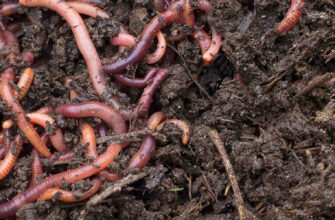



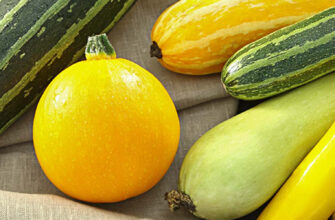
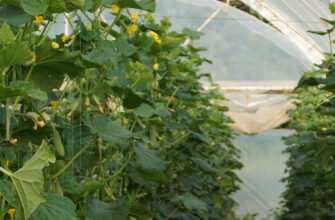
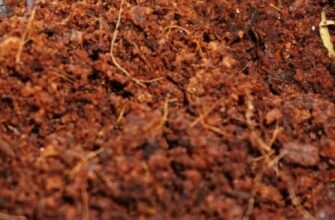

Compact, clear and understandable.